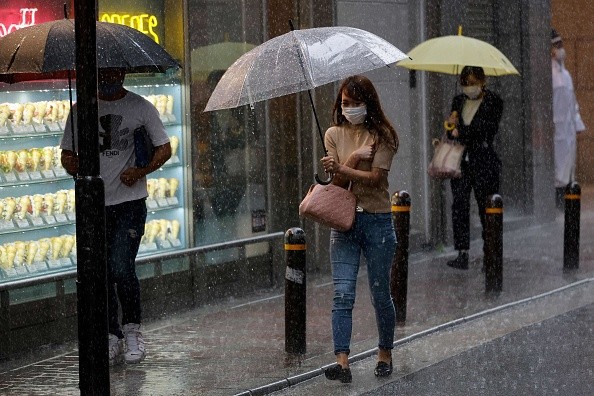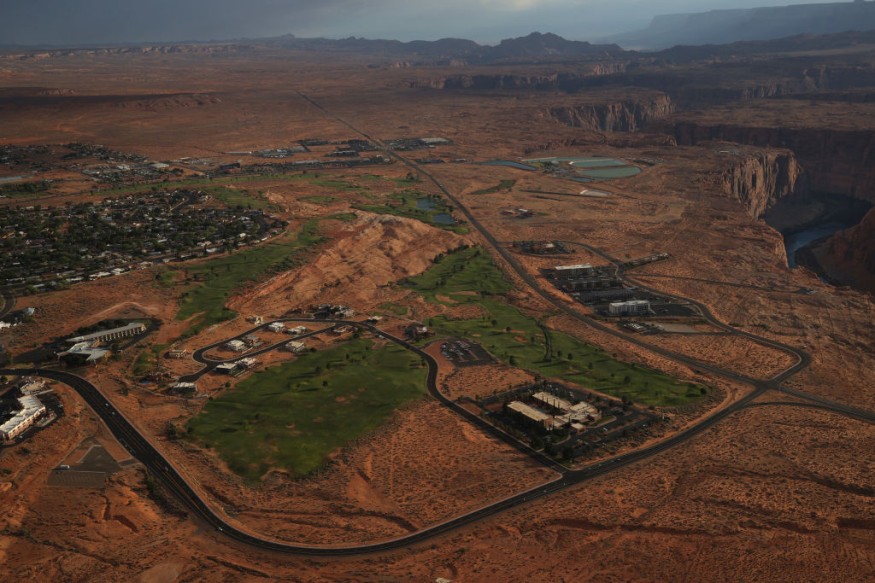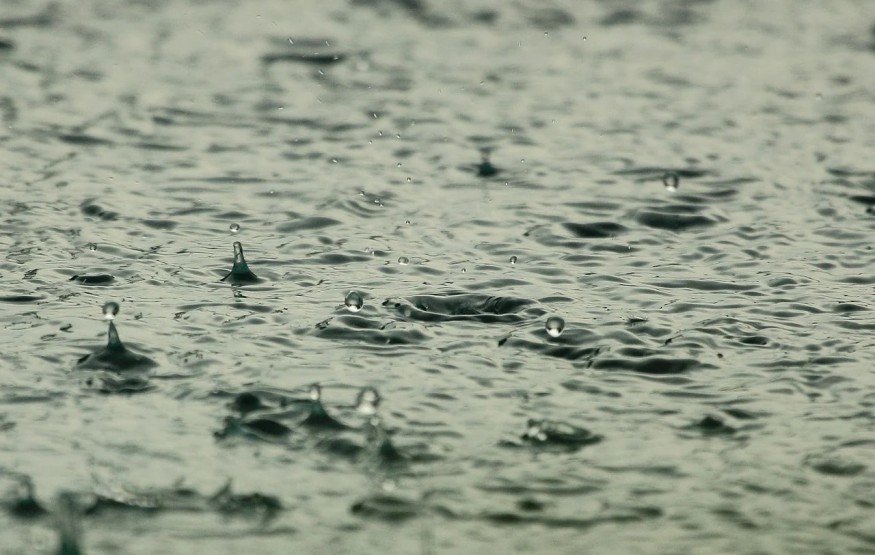As experts anticipate that a phenomenon known as La Niña will emerge for the second year in succession, the rainy winter that the American southwest had hoped for as it faces terrible drought and heat is becoming increasingly unlikely to materialize.

Worsening Weather Patterns
By 2022, the weather pattern may exacerbate the worst consequences of the drought that most regions are now experiencing, including increased wildfire danger and water shortages.
La Niña
La Niña is a climatic trend that brings more dry days to the southern portion of the United States. Its drought-causing impacts are most evident in the southwest, but the phenomena will also contribute to increased hurricane chances as the aid of the wind in the formation of storms.
Through early spring next year, the trend can affect both precipitation and temperatures. While the system has long been linked to above-average temperatures in the southern United States, scientists have noticed that the pattern of higher temperatures has spread north. "Climate change has a different factor," said Michelle L'Heureux, a meteorologist at the National Oceanic and Atmospheric Administration (NOAA).
La Niña did not surprise experts because it occurred last year and may endure up to two years. However, it began forming in July this year, and NOAA scientists started to see the conditions develop over the past month. As a result, they issued an alert this week stating that there is a 90% chance that the system would influence winter weather across the United States.
La Niña is defined by colder-than-average sea surface temperatures near the equator in the Pacific Ocean. "It reorganizes tropical heat and tropical rainfall on such a big scale that it affects the jetstream across the north Pacific ocean and has downstream effects over North America," L'Heureux told the Guardian.
How will La Niña Impact the West?

Winds push warm water west during La Niña years. This produces a churn off the coast of South America, bringing the cold waters from the depths to the surface. The way the ocean interacts with the atmosphere changes as its temperature varies - even by a few degrees - which may impact weather worldwide as rain clouds develop over warm regions of the ocean.
Different regions of the United States will have different outcomes. For example, wetter conditions are possible in Washington, Oregon, and maybe northern California, which might cause issues if the rain arrives as a deluge.
"When we talk about whether it was a rainy or dry year, we usually average the entire season," said John Fasullo, a scientist at the National Center for Atmospheric Research (NCAR). "However, due to climate change, larger volumes of rainfall are delivered in shorter bursts."
In areas near fire footprints or drought-stricken regions, the topsoil cannot absorb ample rainfall, especially after plants whose roots helped hold the soil in place have died. "Short severe downpour episodes can be a detrimental and harmful occurrence," he added, citing climate change as a "multiplying impact."
2022 Weather Patterns

"As the temperature warms, the southwest dries up, so when there's less rain, the droughts grow worse and more extreme," Fasullo said, emphasizing that a lack of precipitation is only one aspect of the problem.
Heatwaves that last longer and are more intense bake even more moisture out of the atmosphere. Warming also depletes the snowpack, a crucial water supply for streams, rivers, and reservoirs.
According to the US Drought Monitor, 93 percent of the west is now under dryness, with close to 60 percent of the region experiencing severe or exceptional drought. According to scientists at the National Weather Service's climate prediction center, most of the western area is so dry that "any improvements would need persistent above-normal precipitation for several weeks."
La Niña, on the other hand, is more of a forecast than a promise for what will happen in the following months. "It can be overblown," Fasullo said, "and each event has its particular flavor in a given year." In addition, various variables influence rainfall patterns, and there has been much fluctuation in this phenomenon in the past.
Although La Niña may increase the chance of dry weather in the southwest, Park Williams, a climate scientist, and professor at the University of California, Los Angeles, believes it will have less influence elsewhere. "Historically, the link between La Niña and dryness in the Sierra Nevada and upper Colorado River Basin has been quite weak," he added.
While the severity of the drought is yet unknown, Williams believes climate change will continue to be an issue for the region. "The dice are loaded toward ever warmer temperatures as long as greenhouse gases build in the atmosphere," he added, "meaning less mountain snowpack, greater spring evaporation, and more extreme summer heatwaves and wildfire activity."
For more news about making the environment sustainable, don't forget to follow Nature World News!
© 2026 NatureWorldNews.com All rights reserved. Do not reproduce without permission.





